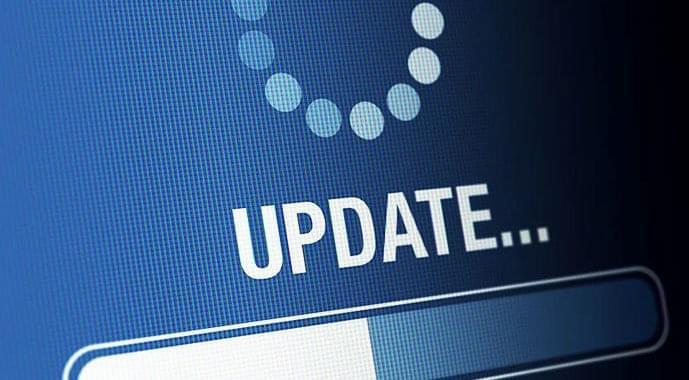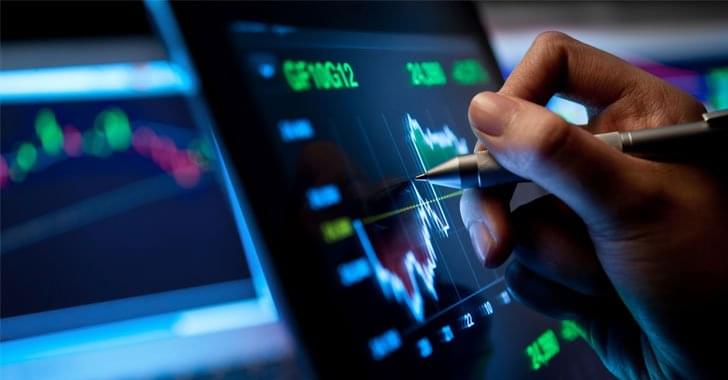A report specialized in WordPress security points to a 150% increase in reported flaws during 2021 compared to the previous year, in addition to establishing that almost 30% of the vulnerabilities detected in plugins for WordPress do not receive updates.
Since this is the most widely used content management system (CMS) in the world, this should be a worrisome issue for tens of millions of website administrators.
According to Patchstack specialists, of all the flaws reported in 2021, only 0.58% resided in the WordPress core, while the rest affect themes and plugins created by dozens of developers. In addition, about 92% of these flaws are in free plugins, while paid plugins were affected by 8.6% of the failures reported last year.








